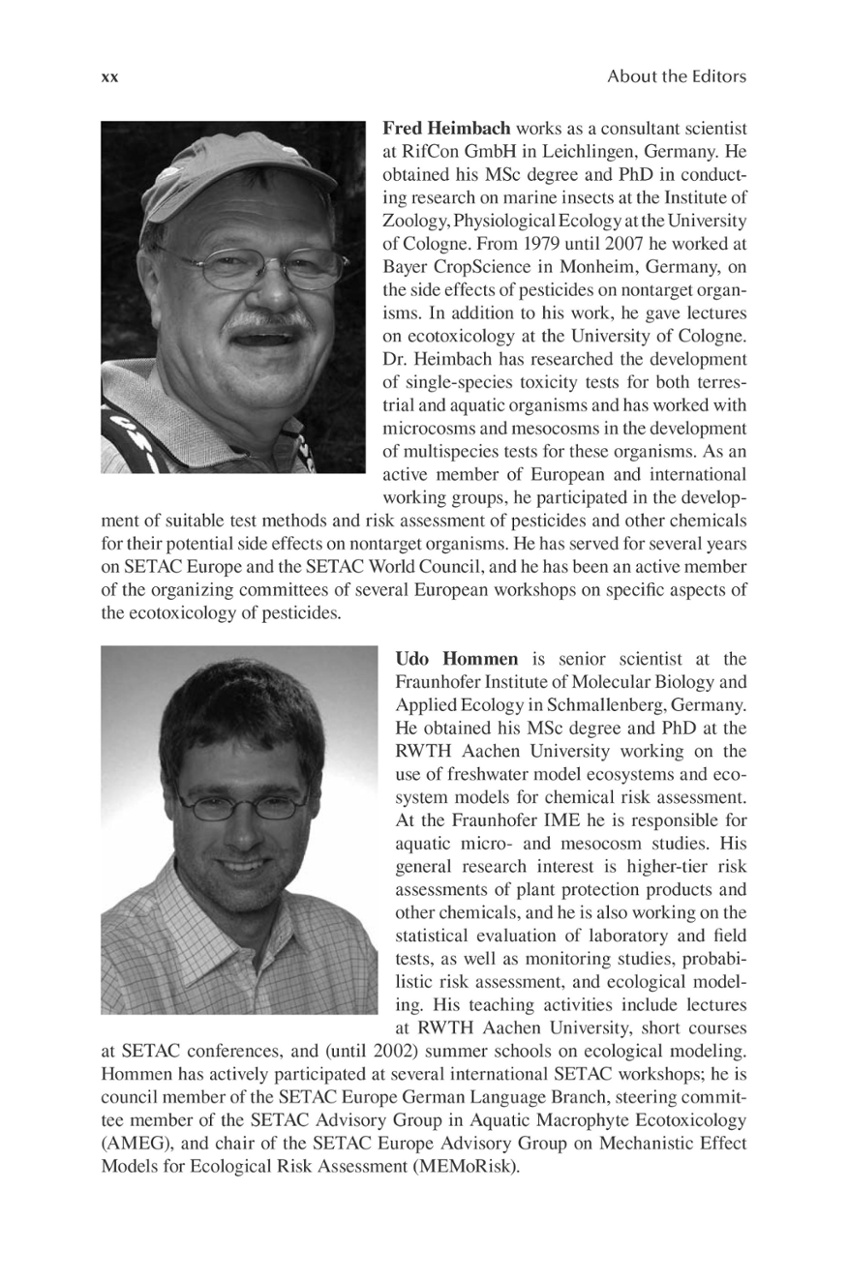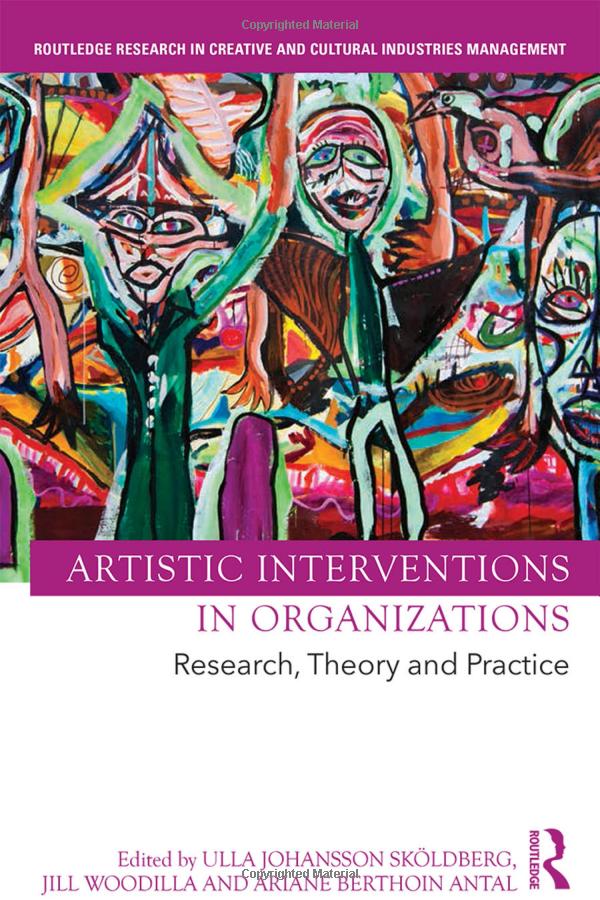Exploring the Rich History and Cultural Significance of Contents St. Peter
Guide or Summary:Introduction to Contents St. PeterThe Life of St. PeterRelics and ArtifactsSt. Peter in Christian TheologyCultural Impact and Legacy**Trans……
Guide or Summary:
- Introduction to Contents St. Peter
- The Life of St. Peter
- Relics and Artifacts
- St. Peter in Christian Theology
- Cultural Impact and Legacy
**Translation of "contents st peter":** The term "contents St. Peter" refers to the various elements, artifacts, and historical narratives associated with St. Peter, a prominent figure in Christianity and the first Pope.
---

Introduction to Contents St. Peter
The concept of "contents St. Peter" encompasses a wealth of historical, religious, and cultural significance surrounding St. Peter, one of Jesus Christ's closest apostles. Known for his pivotal role in the early Christian church, St. Peter's life and legacy are preserved through various artifacts, texts, and locations that celebrate his contributions to Christianity. This exploration delves into the rich tapestry of St. Peter's history, examining the key aspects that make his story a cornerstone of Christian faith.
The Life of St. Peter
St. Peter, originally named Simon, was a fisherman by trade before becoming a disciple of Jesus Christ. His transformation from a humble fisherman to a leading figure in the early church is a testament to his faith and dedication. St. Peter is often depicted as the rock upon which the church was built, as highlighted in the biblical passage where Jesus states, "You are Peter, and on this rock, I will build my church" (Matthew 16:18). This pivotal moment not only established his authority but also laid the foundation for the papacy.
Relics and Artifacts
The "contents St. Peter" also refers to the numerous relics and artifacts associated with his life and martyrdom. One of the most significant is the Basilica of St. Peter in Vatican City, which is believed to be built over his burial site. The basilica houses various artworks, including Michelangelo's Pietà and Bernini's Baldachin, which symbolize the grandeur of St. Peter's legacy. Pilgrims from around the world visit this sacred site to pay homage to St. Peter, making it a focal point of Christian pilgrimage.

St. Peter in Christian Theology
In Christian theology, St. Peter is revered not only as the first Pope but also as a symbol of faith and perseverance. His journey of faith is marked by moments of doubt and redemption, exemplified by his denial of Jesus before the crucifixion and his subsequent restoration. This narrative resonates with many believers, emphasizing the themes of forgiveness and the possibility of redemption. The "contents St. Peter" thus serve as a reminder of the human experience of faith, illustrating that even the most devoted can falter but can also find their way back to grace.
Cultural Impact and Legacy
The influence of St. Peter extends beyond religious circles into art, literature, and popular culture. His story has inspired countless works of art, from Renaissance masterpieces to contemporary interpretations. Additionally, St. Peter's Day, celebrated on June 29th, is observed by many Christian denominations, marking his feast day and honoring his contributions to the faith. The "contents St. Peter" thus reflect not only a religious figure but also a cultural icon whose impact is felt across various domains.
In conclusion, the "contents St. Peter" represent a rich and multifaceted exploration of one of Christianity's most important figures. From his humble beginnings as a fisherman to his pivotal role in the establishment of the church, St. Peter's life is a profound narrative of faith, leadership, and redemption. The relics and artifacts associated with him serve as a testament to his enduring legacy, inspiring generations of believers and artists alike. Understanding the "contents St. Peter" allows us to appreciate the depth of his influence and the ongoing relevance of his story in the modern world.
